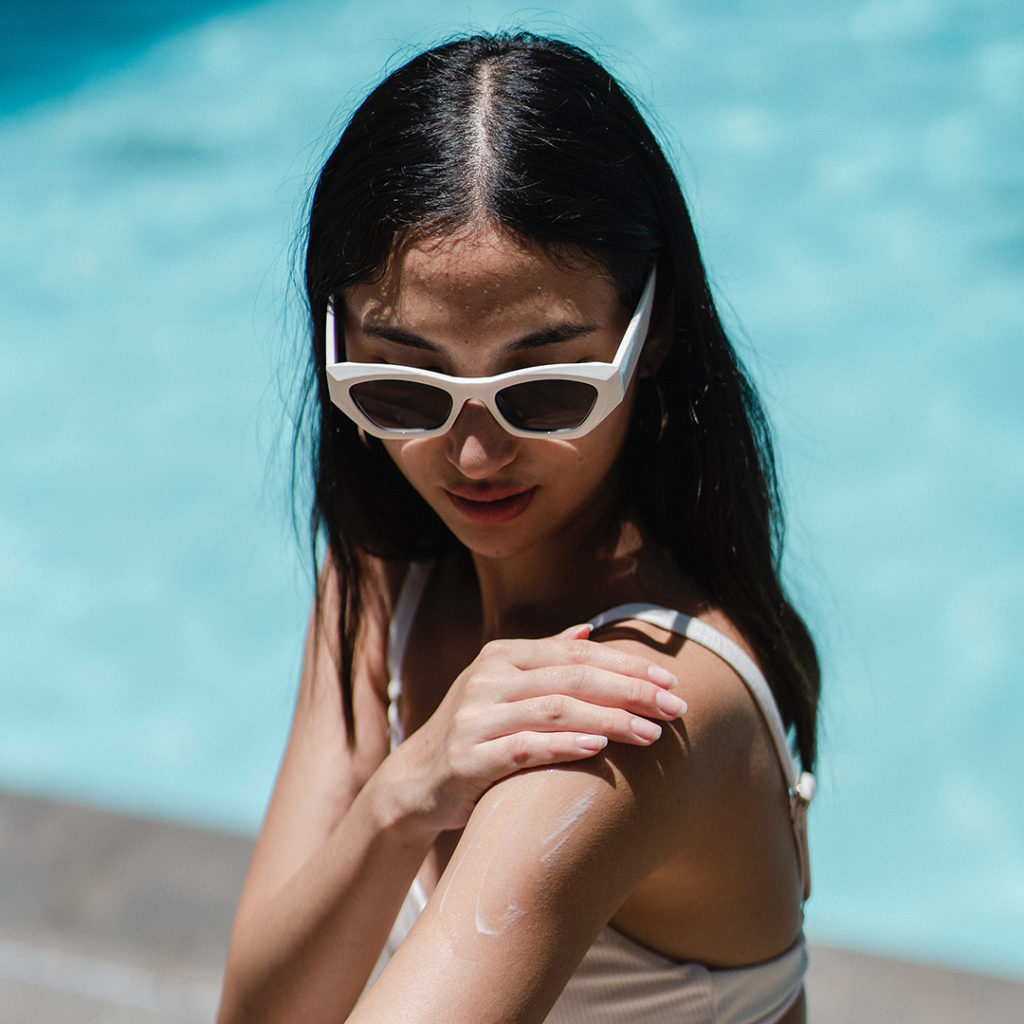
New diagnostic tools and therapies may be good news for those at risk for skin cancer.
For many people, summer means it’s time to get outside. Our area offers a wide variety of fun-in-the-sun activities, such as horseback riding, hiking or bicycling on Cross Florida Greenway trails, or swimming in local lakes, rivers and springs. There is even joy to be found in working outside, gardening and, if you’re like me, mowing your patch of green.
But, given that we live in the Sunshine State, we all need to be cautious about overexposure from the harmful ultraviolet rays that can cause premature aging of the skin or skin cancer, the most common of all cancer types.
Dr. Norman H. Anderson, a radiation oncologist and CEO of the Robert Boissoneault Oncology Institute in Ocala, says the most common forms of skin cancer they treat are basal cell carcinoma, squamous cell carcinoma and malignant melanoma.
“Those with fair skin have an increased risk,” Anderson offers, “and children require protection during extended periods of sun exposure, especially when at the beach.”
Anderson recommends covering or shading the skin, and applying topical sunscreens.
“Those with a broad-spectrum sun protection factor (SPF) offer increased protection,” he notes.
Skin cancer is the abnormal growth of skin cells. It occurs most often on skin exposed to the sun but can show up in other areas. Early detection can provide the best chance for successful treatment, which might include freezing, scraping and burning, radiation or surgery.
For some, there may be good news coming from physician researchers such as Dr. Abel Torres, chairman of the Department of Dermatology at the University of Florida, Gainesville College of Medicine. His work involves topical immunomodulators in the treatment of skin cancers and noninvasive techniques in detection.
He says destroying pre-skin cancers, such as actinic keratoses is another step after sun protection for avoiding skin cancer. These traditionally are treated with liquid nitrogen therapy, curettage (scraping of the skin) or topical therapy, commonly used as a treatment called field therapy.
“Many times, when you see actinic keratoses (a rough, scaly spot on the skin caused by years of sun exposure) you may see only one or two but many more are lurking under the surface. It’s like you see weeds that pop up but you don’t see the rest of the weeds that are ready to pop up. Using field therapy is like using a weed killer to kill those weeds before you see them,” he explains. “One common medication is a chemotherapy agent (5 Flurouracil Cream) used to kill cancer or anything that grows rapidly. That’s why it works well in pre-cancers, because they’re growing rapidly and out of control. Still, it’s a topical chemical you put on the skin to try to kill the bad cells while sparing the good cells. Topical immunotherapy is a concept to use a more natural way to stimulate your immune system to destroy the pre-skin cancer. The topical medication Aldara, or its generic, Imiquimod, is a more natural way to destroy skin cancer without injuring normal tissue.”
Topical immunotherapy also can be used to treat some forms of skin cancer, such as basal cell or lentigo maligna, “a type of precursor to melanoma. The latter can be large lesions on the face and can result in surgery that may be disfiguring.” One problem with using topical therapy is deciding when a skin lesion needs treatment or, if it is treated, has it gone away. Thus, there is also a need to be able to non-invasively diagnose skin lesions while minimizing the need to do a skin biopsy, Torres notes.
In the area of noninvasive diagnoses, he says a new technique is using imaging that bounces a laser off the skin, similar to ultrasound.
“You can see a picture of what’s underneath the skin,” he offers. “At UF we have confocal microscopy, where a patient can get imaging done and we can decide if a skin lesion is something that needs a biopsy.”
Another imaging technique that can be helpful in deciding if a skin spot like a mole needs a biopsy is total body imaging where a patient’s entire skin is photographed. This can help in determining such things as if a mole changes appearance in a concerning way or a new mole appears between doctor visits.
This technique, when used with computer programming such as artificial intelligence and dermoscopy, a noninvasive type of magnification of skin lesions, he adds, can make it even more accurate in deciding if something is benign or malignant and maybe spare a patient from having a biopsy or surgery.”
To learn more, visit ufhealth.org/skin-cancer and rboi.com






